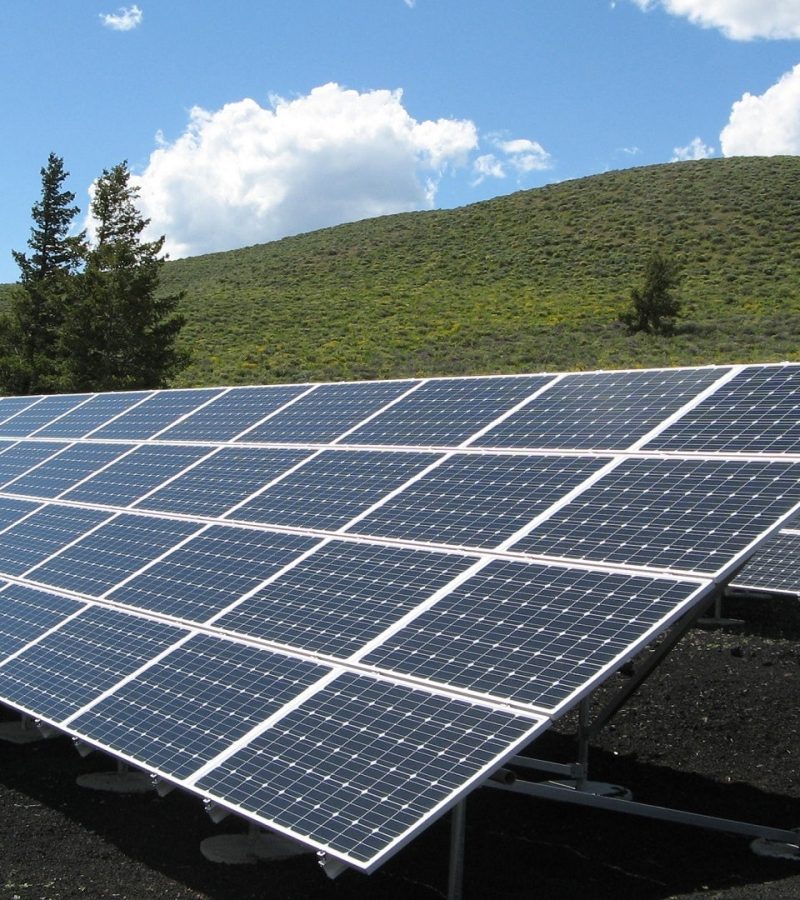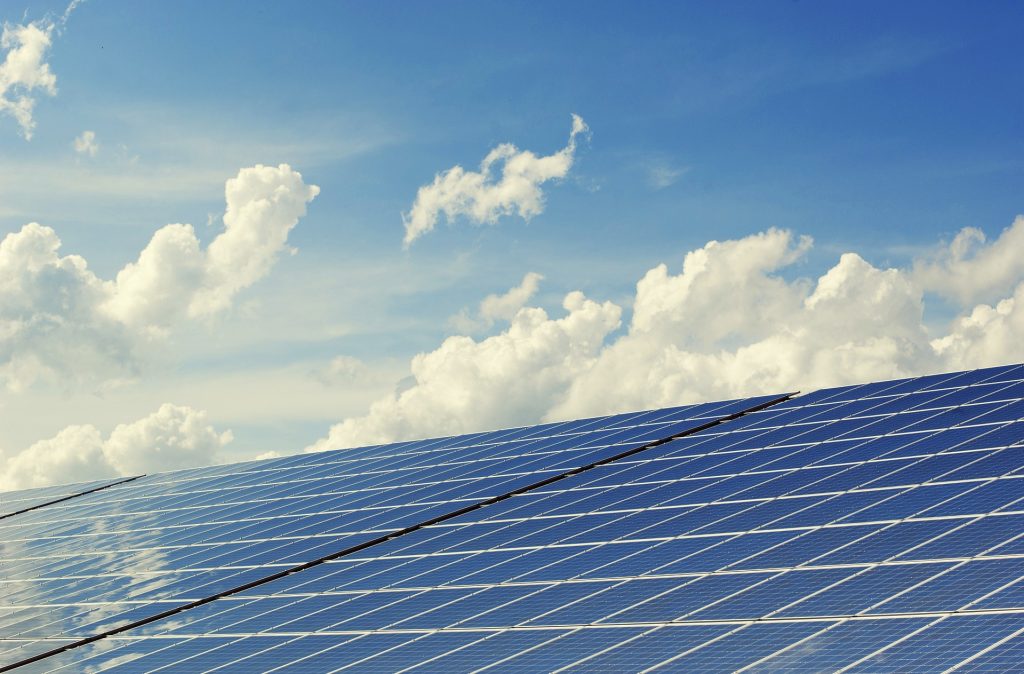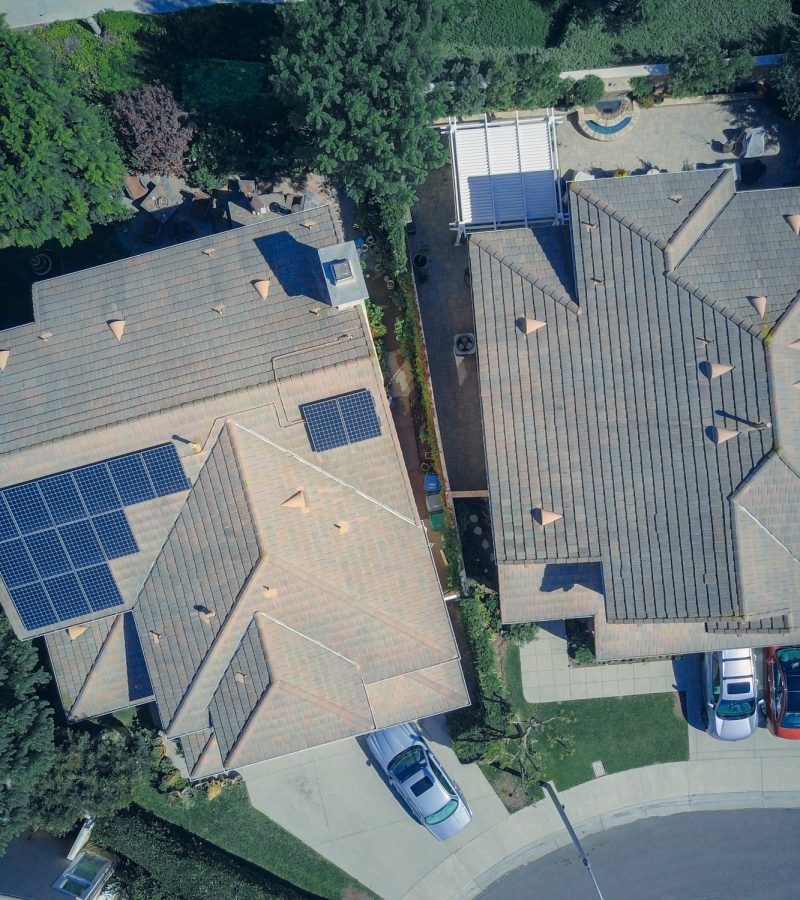The Queensland Government has set a goal of 50 per cent renewable energy generation capacity by 2030 and solar energy plays an important role in this target.
In Brisbane, each kilowatt of panels you install (assuming good quality components professionally installed) will generate on average 4.2 kilowatt-hours of electricity a day. Many Queensland households are now opting for large systems (entry level is considered 6.6kW+ these days) to get the best bang for their buck.
As well as reducing mains grid electricity consumption, Queensland households can also be paid for the surplus energy they generate that is exported – this is known as a feed-in tariff.
Solar feed-in tariff for regional Queensland
In Queensland, current solar feed-in tariffs in Brisbane, the Gold Coast, and the Sunshine Coast as far north as Noosa are covered by what is known as a Voluntary Retailer Contributions. This means electricity retailers don’t have to pay anything for electricity solar households export to the grid, but in most cases they do.
The following feed in tariff rates in South-East Queensland, current as at May 2023.
QLD electricity retailer plans with higher solar feed-in tariff rates won’t necessarily result in lower electricity bills for solar households. We’ve seen plans with more generous solar feed-in tariffs that aren’t always the cheapest.


People in rural and remote Queensland receive a fixed feed-in tariff for regional customers that is set at a buyback rate of 9.3 cents for the 2022-23 financial year.
For the 2023-24 financial year, the feed-in tariff rate will be boosted 39.3% to 12.952₵ per kilowatt-hour.
In regional Queensland, it used to be that the largest system you could have installed in order to qualify for feed-in tariffs was 5kW (inverter capacity). However, the limit was increased to 30 kW of total rated inverter capacity in September 2017.
Find Feed-In Tariffs And Compare Electricity Retailers
To find current solar FiT incentive rates offered by a wide variety of retailers in your part of Queensland, you can enter your postcode into this handy electricity retailer comparison tool.
Queensland households and businesses that applied to install rooftop solar power systems before the 10th of July 2012 were eligible for the state’s Solar Bonus – a 44 cent feed-in tariff. Provided nothing is done to lose this high buyback incentive, it is locked in until the 1st of July 2028.
Keeping Your High Feed-In Tariff
In QLD, in order to maintain your high solar feed-in tariff rate, you have to stay where you are. If you move house, sell the home, rent it out, or change the name on the electricity account, you lose that buyback rate. The only exception is it can be transferred between spouses if one moves out of the house.
You cannot increase your solar inverter size, but you can replace it with a same-sized or smaller one. You’re also unable to add extra solar panels in a situation where they will exceed the rated capacity of your system’s inverter
If you close your electricity account, you also lose your high FiT, and the same applies if you are disconnected. If you can’t pay your electricity bills because of financial difficulties, losing your high solar feed in tariff can make paying bills even more difficult.
Tariff
The Queensland Competition Authority sets this rate each year.
15th March 2023


For personalized solar advice and to embark on a sustainable future, reach out to us via our contact form or give us a call at:
Join us in this exciting journey towards a greener tomorrow!